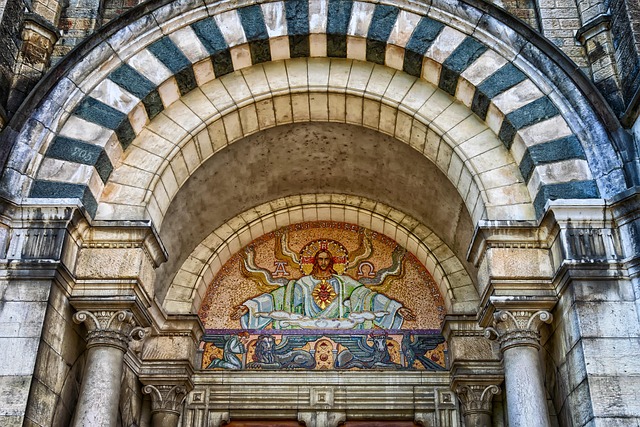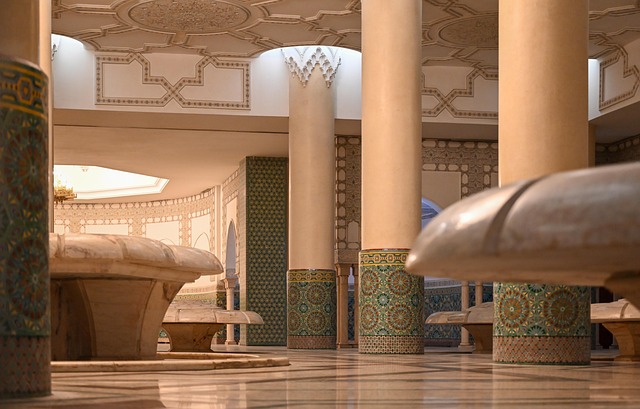Historical mosaics are more than mere decorations; they are vibrant narratives etched in stone, inviting us to traverse time and explore the mesmerizing beauty of fine arts and culture. These intricate artworks, formed by assembling small pieces of colored glass, stone, or ceramic, speak volumes about the civilizations that crafted them. Each tile, with its unique hue and texture, contributes to a larger story, allowing us to glimpse the values, beliefs, and everyday lives of ancient societies.
Walking through the ruins of Roman villas or Byzantine churches often reveals breathtaking historical mosaics that have stood the test of time. In these sacred spaces, we can observe how artisans painstakingly arranged pieces to create stunning images, from mythological scenes to depictions of flora and fauna. The careful selection of materials, often depicting a deep understanding of color theory, exemplifies the sophistication of these ancient creators, emphasizing the importance of artistic expression in their cultures.
The art of mosaics also transcends mere aesthetics; it served as a reflection of societal norms and religious sentiments. For instance, the intricate designs found in Islamic mosaics signify the spiritual connection between the material and divine, utilizing geometric patterns to symbolize infinity and the boundless nature of creation. In contrast, mosaics from the Roman period often depicted both historical events and religious iconography, showcasing a blend of mundane and sacred in daily life.
Furthermore, the revival of interest in historical mosaics in contemporary art has led to a renewed appreciation for this timeless craft. Modern artists are inspired by traditional techniques while infusing their unique perspectives, creating works that resonate with contemporary themes. This fusion of old and new not only highlights the ongoing relevance of mosaics but also demonstrates that the spirit of cultural storytelling remains alive.
Visiting museums and archaeological sites housing these historical mosaics can evoke a sense of connection to the past, allowing us to draw parallels between ancient and modern-day life. The tactile nature of mosaics invites us to engage not just visually, but also emotionally, as we contemplate the artistry and dedication involved in their creation. Each mosaic becomes a dialogue between the viewer and the artist, bridging the gap across centuries.
As we delve deeper into the world of historical mosaics, it’s essential to recognize the significance of these artworks as custodians of culture. They remind us of the diverse narratives that shape our collective heritage. Whether it’s a glimpse of a bustling marketplace, a depiction of mythical beings, or an abstract geometric design, historical mosaics carry within them the heartbeat of our shared history, inviting us to reflect, appreciate, and learn.




